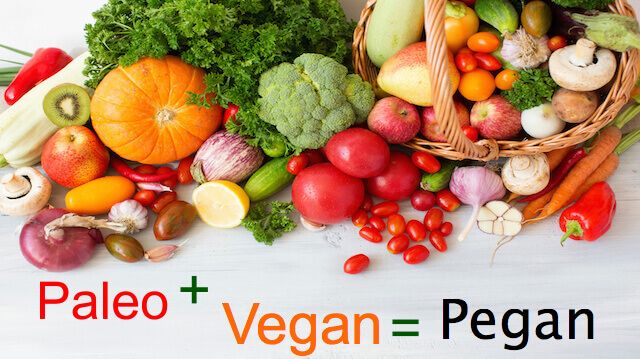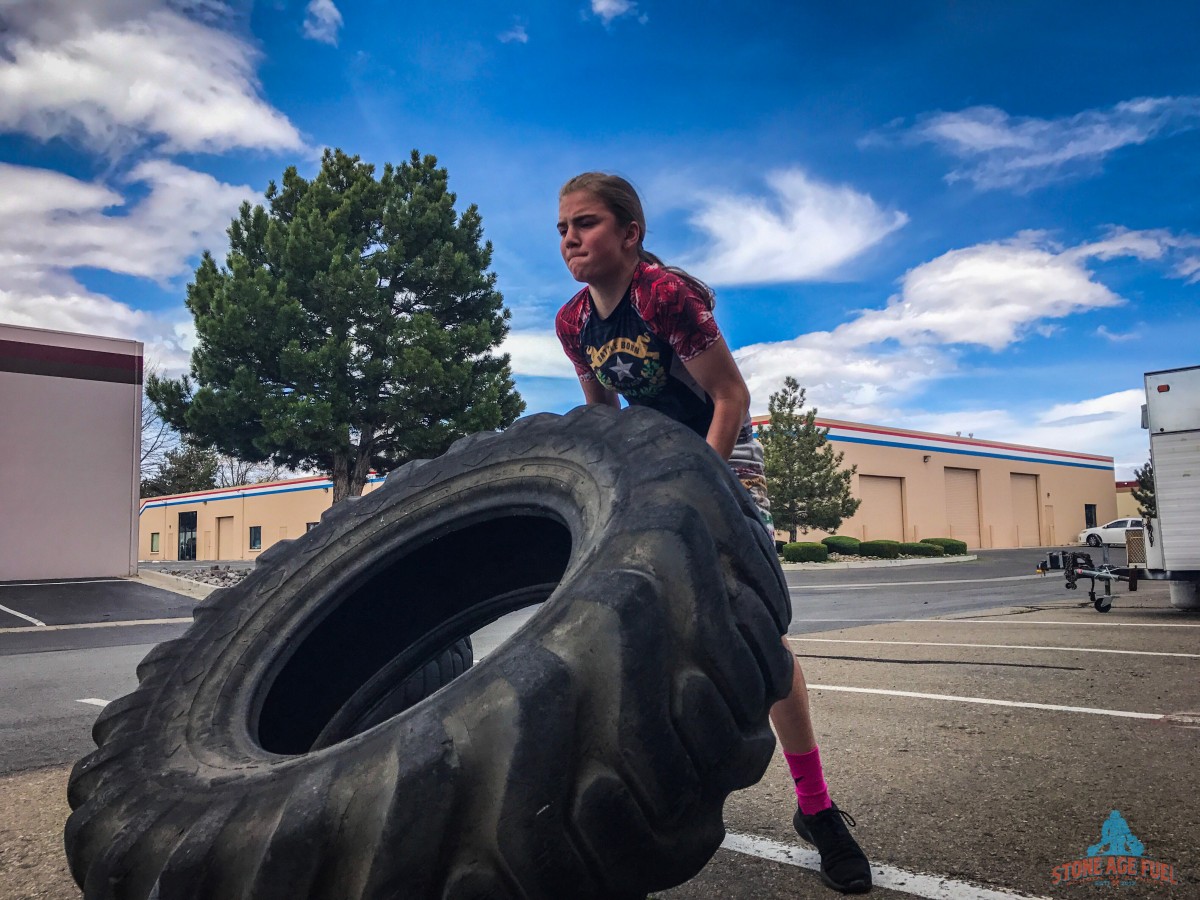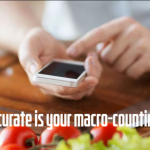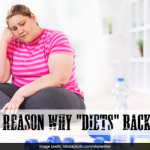Ever heard of the Pegan diet? You will soon…

Paleo and Vegan: We tend to view these two ways of eating as falling on completely opposite ends of the spectrum to the point that they pretty much contradict each other.
Not anymore: Introduced by physician and author Mark Hyman, the Pegan diet is gaining momentum and it’s basically a combination of Paleo and Vegan. Hyman wrote about it in his 2018 book “Food: What the Heck Should I Eat?” Since then, its popularity has been on the rise.
Pegan diet nuts and bolts:
You can eat: vegetables, fruits, nuts, seeds, fish, (some meat) and eggs
You cannot eat: Most dairy (with some exceptions), grains, legumes, soy, most vegetable oils, added sugar and processed foods.
What? But isn’t that just Paleo then?
To a certain degree, except the Pegan diet is, at its core, a plant-based diet. The idea is that vegetables and fruit will make up 75 percent of your diet, where as Paleo leans heavily on eating a lot of animal-based protein and fats (and many people really limit their fruit on Paleo, as well).
In terms of the animal protein allowance on the Pegan diet, meat is supposed to act more as a “condiment”—or topping, or maybe side dish on a big meat night—rather than the main course. Sooooo, you’re not going to be ordering that 20 oz. steak for dinner or eating six pieces of bacon for breakfast if you’re following the Pegan diet.
The Pegan diet pushes mostly fish and seafood when it comes to animal protein (as long as it has lows levels of mercury), while red meat is allowed only in small amounts and needs to be from grass-fed sources.
Now this is starting to sound more like a Vegan again, right?
Except, unlike Veganism, the Pegan diet limits gluten-free grains like quinoa, brown rice and oats, which are often staples for Vegans. It also tells you to stay away from beans—another staple of a Vegan diet. The idea for avoiding these foods is because they are suspected to raise blood sugar levels and even cause autoimmune diseases.
I mentioned there are some dairy exceptions on the Pegan diet: In shorter, there’s some allowance for certain dairy products like yogurt and kefir, as well as ghee or cheese—if it’s from goat or sheep’s milk and is organic and grass-fed.
The “founder” of the diet, Hyman, sums the Pegan diet up as such: “If God made it, eat it; if man made it, leave it.”
Whether or not you believe in God, that makes some common sense as it means you’ll be sure to steer clear of processed foods, and there’s no diet that promotes processed foods as being healthy!
The more I read about this diet, the more it seemed a little more sustainable than Paleo or Keto or Vegan. One of the big concerns I have seen from Vegans (and vegetarians) is they simply don’t get enough protein, and even their “protein sources,” like quinoa, have WAY more carbohydrates in it than protein! (39 g of carbs and 8 grams of protein in 1 cup of quinoa). Meanwhile, many people who try Paleo or Keto eventually feel like it’s just not sustainable, and often their bodies just don’t seem to want that much meat, they say.
So the Pegan diet really does seem to blend the best of both worlds: Lots of vegetables, some fruit, animal protein with an emphasis on protein from the sea, healthy fats like nuts and good oils, and it also lets you sneak in some delicious goat cheese here and there.
What are your initial reactions to the idea of following this way of eating?




